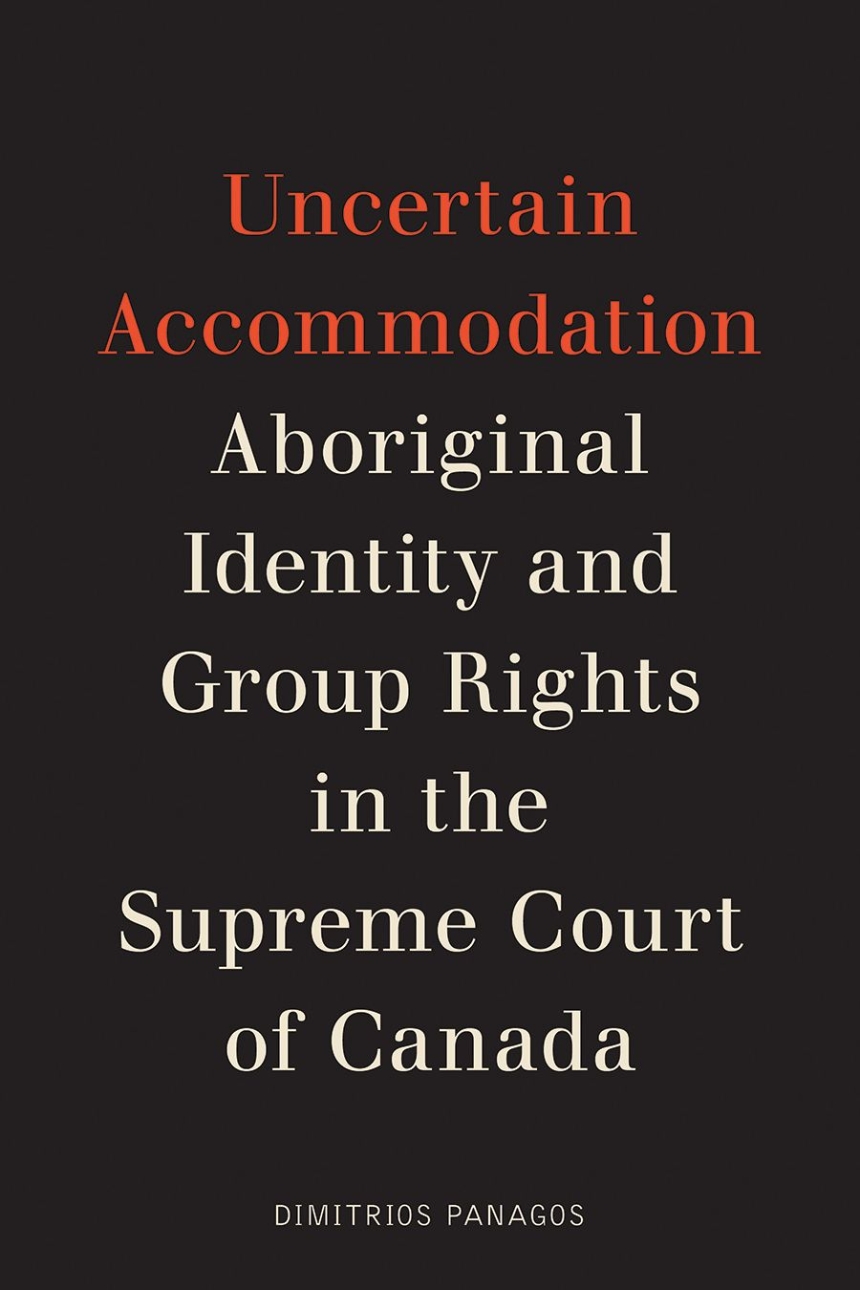University of British Columbia Press
Uncertain Accommodation
Aboriginal Identity and Group Rights in the Supreme Court of Canada
Distributed for University of British Columbia Press
Uncertain Accommodation
Aboriginal Identity and Group Rights in the Supreme Court of Canada
In 1982, Canada formally recognized Aboriginal rights within its Constitution. The move reflected a consensus that states should and could use group rights to protect and accommodate subnational groups within their borders. Decades later, however, no one is happy. This state of affairs, Panagos argues, is rooted in a failure to define what aboriginality means, which has led to the promotion and protection of a single vision of aboriginality – that of the justices of the Supreme Court. He concludes that there can be no justice so long as the state continues to safeguard a set of values and interests defined by non-Aboriginal people.
Table of Contents
Introduction
1 The Historical and Legal Framework for Section 35
2 Competing Approaches and Conceptualizations of Aboriginality
3 The Case for a Relational Approach
4 The Nation-to-Nation, Colonial, and Citizen-State Approaches
5 Submissions to the Court
6 What the Justices Said
7 Aboriginal Rights Jurisprudence and Identity Contestation
8 A Problematic Conception of Rights
Conclusion
Notes
References
Index

